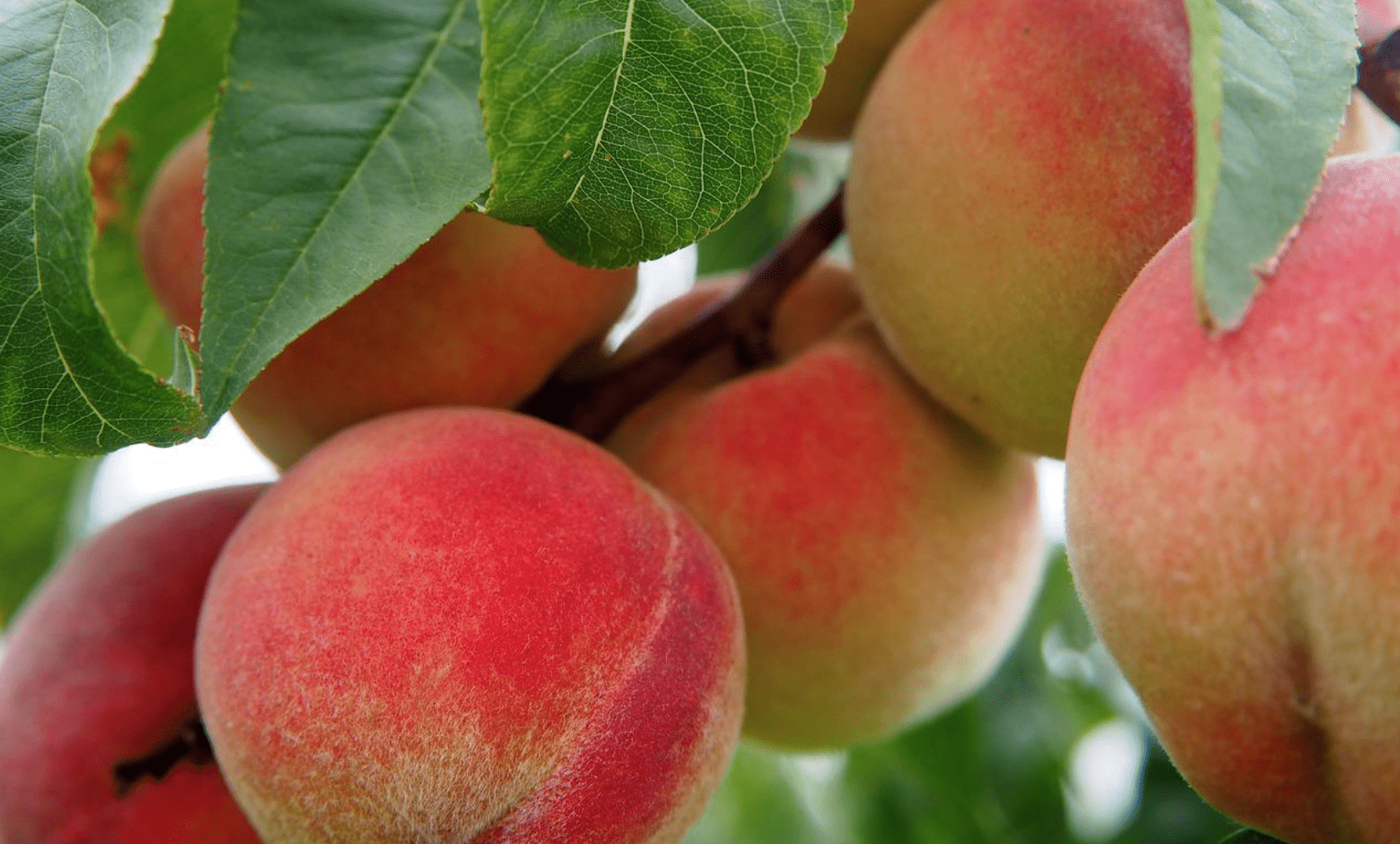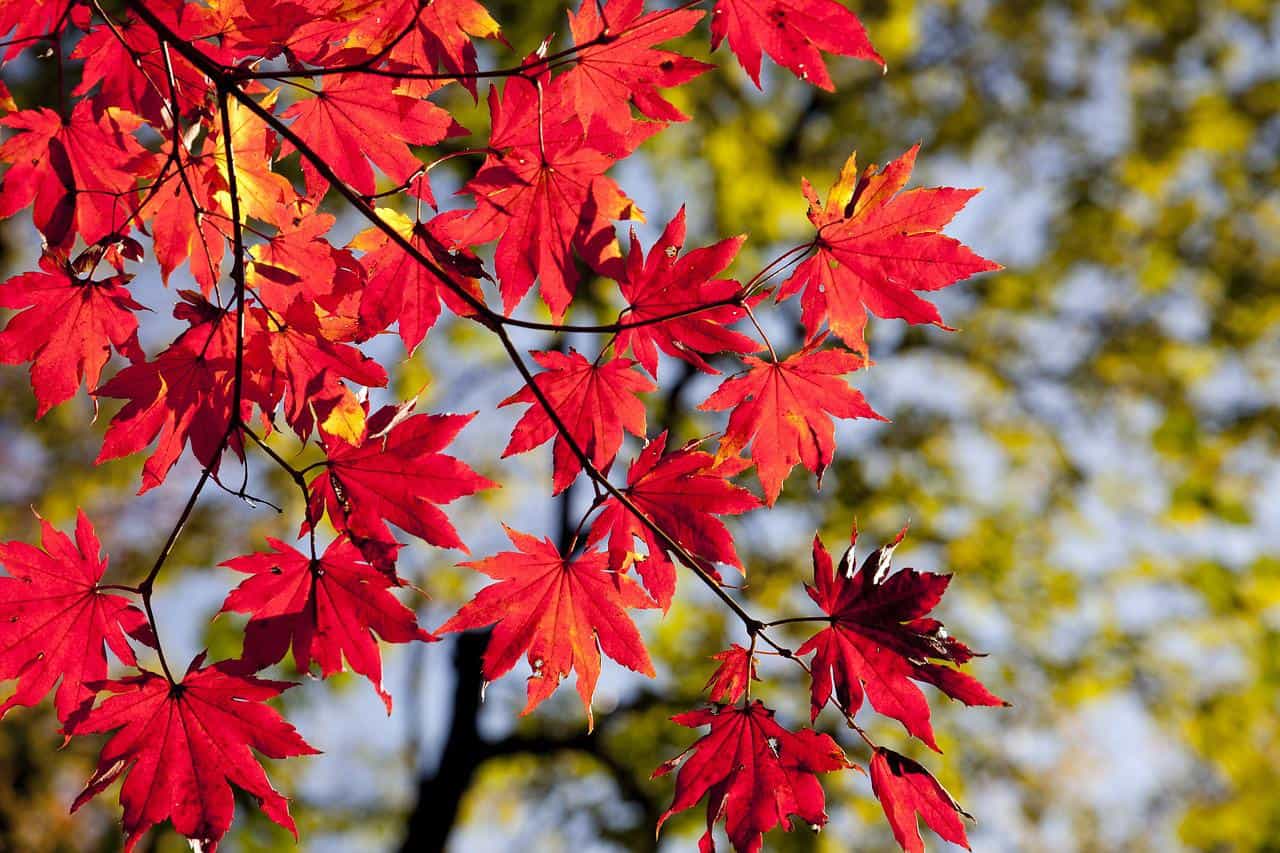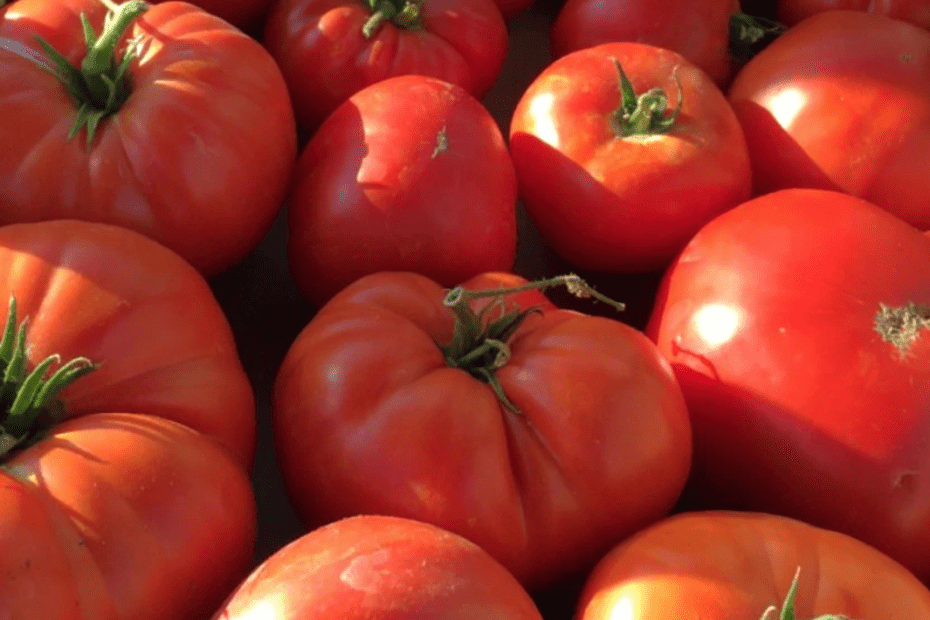Growing Tomatoes in Florida: When is the Right Time?
The secret to delicious, luscious tomatoes filled with juicy goodness is growing according to your location. Different climates around the world will influence when you should grow your tomatoes, the fertilizer used, and how often you should feed and water your plants.
Growing tomatoes in Florida is an art form that Dr. JimZ has perfected over the years. We will teach you everything you need to know about Florida tomato plants and when to plant tomatoes in Florida.
The Best Tomatoes to Grow in Florida
First, there’s a difference between the determinate and indeterminate tomato. An indeterminate tomato will not grow to a set size. These are ideal if you’re looking for quantity.
Determinate tomatoes are best if you are growing tomatoes in Florida in containers. These grow to a specific size, so you can easily judge how much space you will need. Some determinate tomato plants in Florida include the Heatwave II and Floragold.
Several types of tomato plants in Florida suit the climate, such as the Amish Paste, Sweet Chelsea, and Taste-Lee. Our favorite way of growing tomatoes in Florida is to plant the Everglades tomato.
Everglades tomatoes grow like weeds and can quickly take over an entire garden if you allow them. If you’re seeking a bumper crop, try out some Everglades plants and see what happens.
As always, do some experimentation, and you’ll soon find the best tomatoes to grow in Florida.
When to Plant Tomatoes in Florida
Growing tomatoes in Florida starts with the right timing. The Sunshine State is vast, and climates do differ based on whether you live up in the north or down near Miami.
Gardeners in North Florida should start planting their seeds in February, just after the last frost. Remember, the changing climate means there’s always a danger of frost even then, so make sure you put some clear plastic over young plants.
It’s also a good idea to work on how to grow tomatoes in Florida in pots. It’s an excellent way to get your fragile seedlings off to the best start.
Central Florida has two planting seasons for tomatoes. You can plant them in early February for those juicy summer tomatoes or in September for some late fall/early winter harvests.
The more stable climate means you can grow tomatoes from August through March in South Florida.
How to Grow Tomatoes in Florida
Assuming you’ve got your timings right, there’s an art to growing a truly impressive bumper tomato crop. Growing a tomato in Florida is not just a matter of a bit of water, a little fertilizer, and praying for the sun.
Let’s run through the other considerations you need to take into account to produce a gorgeous tomato in Florida.
Seeds and Seedlings
Some gardeners like to start with a tomato grown from a seed, whereas others purchase plants from a nursery.
It takes a while for tomato plants to establish their roots. Seedlings will have a one to two-month headstart over growing from a seed, so take these timings into account.
Seedlings are better if you favor irregular watering or have problems with weeds. With seeds, you’ll need to plant them in pots and provide them with protection from heavy rain and other competing plants.
Size Up Your Tomatoes
Not all tomatoes were created equal. Smaller tomatoes are much simpler to grow than larger tomatoes. Bigger species need cooler temperatures to thrive, whereas grape or cherry tomatoes will grow in the hard sunshine of Florida.
You’ll also need to account for the fact larger tomatoes take longer to grow, which puts them at greater risk of birds, caterpillars, and blight.
Beginners should start with determinate tomatoes. These plants produce all their fruits at once and don’t require the same level of care and attention as indeterminate plants. However, many of the scrummiest varieties of tomato are indeterminate.
In the Ground or a Container?
Think about how much available space you have for your plants. Gardeners with less space may want to use pots for their plants.
In this case, each plant should have at least five gallons of space, with up to 15 gallons if you’re looking for higher yields. The potting mix should be rich with nutrients and come with a drainage hole and a layer of gravel or small rocks.
When planting directly in the ground, you get larger plants because your plants’ roots have more room to dig. In-ground planting is how you create huge, wide-spreading tomato plants.
Space plants two to four feet apart to ensure your tomatoes don’t end up competing with each other for resources.
Additional Growing Tips
Tomato growing in Florida is part art and part science. Don’t get discouraged if your first harvest cycle isn’t as impressive as your friend’s. Gardening is a challenge, and you’ll soon figure out what works and what doesn’t in your area.
Let’s run through some essential growing tips for the tomato in Florida:
- Ensure you have at least 10 hours of direct light per day for the biggest yields.
- Prune to reduce the risk of insects, infection, and blight.
- Prune from the bottom to make harvesting easier and encourage better air circulation.
- Keep the soil around the plant moist but never muddy.
- Always water in the morning to allow the sunlight to dry the plant. Try not to get too much water on the leaves and fruit.
- Apply fertilizers high in nitrogen during early growth phases. Focus on extra phosphorus for flowering and fruiting.
- Use only organic methods of controlling pests to avoid contaminating the fruit.
- Don’t wait for perfect ripeness for harvesting. Fruits can ripen off the vine.
How to Feed Your Florida Tomato Plants
Tomatoes are some of the heaviest feeders in the garden. Without appropriate fertilization, your plants will be sickly and produce low yields. Remember, it’s improbable that your soil already has all the necessary nutrients for a great grow.
When to Feed
Tomatoes should be fertilized when planting them in the garden. You can wait until your tomatoes start to bear fruit before fertilizing again.
Add light fertilizer every one to two weeks until it’s time to harvest.
How to Fertilize Your Tomatoes
Mix the tomato plant fertilizer in the soil at the bottom of the planting hole. Place a layer of soil over the fertilizer to avoid direct contact with the plant and risk burning the roots.
You should always make sure your tomatoes have been watered well when applying additional rounds of fertilization. Without appropriate watering, the plant can burn due to heavy concentrations of fertilizer.
Spread the fertilizer around six inches from the base of the plant.
What’s the Best Fertilizer?
Get a biologically correct fertilizer with the right balance of nitrogen, phosphorus, and potassium. Dr. JimZ has brought to bear more than three generations of gardening knowledge to create both Tomato Secret and Chicken Soup for the Soil.
Unlock the secret of giant, high-yielding tomato plants and be the envy of your friends when growing tomatoes in Florida.
Harvesting Your Tomato Plants
Can you already see those red balls of deliciousness hanging from your tomato plants? It’s time to harvest, and here’s how to do it:
- Grasp the fruit firmly but gently.
- Break the stem just above the calyx.
- Store indoors and let them ripen for a day or two.
- Wrap green tomatoes in newspaper to enhance ripening with ethylene gas.
- Slow ripening by storing at lower temperatures or hastening with warmer temperatures.
Conclusion
Everyone wants the ripest, juiciest tomatoes. There are significant pitfalls, but you can supercharge your harvest and enjoy a bumper crop this year with the right know-how and a top-notch tomato fertilizer.
To learn more about the secrets of the master tomato gardener, contact Dr. JimZ and get your best harvest yet.



